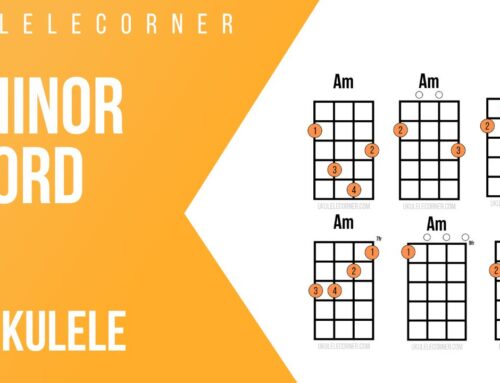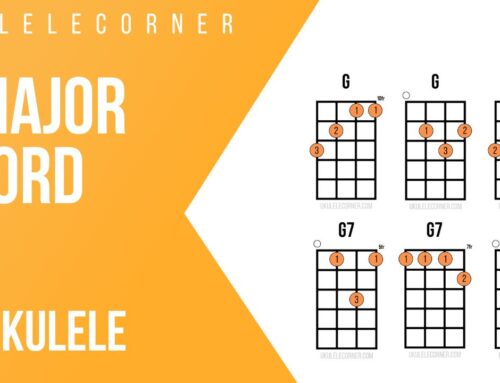In this lesson, I will show you how to use the metronome while practicing Ukulele. We’ll look at different strumming and melody exercises and take a look at a couple of simple pieces to help get you started. Let’s dive in!
Benefits of the metronome
The metronome can really help you with your timing and to make your rhythms much more even. The great thing about the metronome is that it will always be spot on: it doesn’t ever lie, but tells you the truth about where the beat is every time! What’s much more challenging is for us to get in sync with the ticks of the metronome. But once you do it will become much more comfortable and it will help you take difficult rhythms and make them easier, and it will smooth out rhythms that lag or rush.
Playing while listening
The most challenging thing about the metronome is listening to something else while you’re trying to play. We have enough to worry about while we’re playing: our mind is trying to keep track of the left hand, the right hand, dynamics, rhythm, and expression. Asking it to listen to something else while we’re juggling all those things at once is a lot to demand. So the best way to do that is make things simple. Start out with a simple, slow rhythm that’s easy for you to handle.
An easy start
First, all we want to do is feel the beat. Set your metronome to 60bpm (beats per minute) and count out loud one beat per click (quarter notes). Let’s start out without the ukulele, again, making things easy for ourselves. As you count out loud you can also tap your foot; now clap as you keep counting. Just quarter notes to start.
Next, keep that 60bpm quarter-note rhythm and hold a C chord: just put your first finger on the first fret of the first string. Great. Now, strum on each click of the metronome. Listen to the metronome and make sure you’re sticking with it closely. Continue to focus on feeling the beat.
As the metronome keeps ticking away, now let’s try to play each string with the thumb on each beat. Keep it relaxed and listen.
Next, alternate index and middle fingers of the right hand. You can try this on different strings, but get locked into the groove. We’re developing our listening ability here.
Now let’s vary the rhythm, such as introducing half notes or whole notes. Keep counting out loud so you always land on the beat with the metronome. Try eighth notes now and count with subdivisions: “1-and, 2-and, 3 and, 4-and.” What about sixteenths? “1-e-and-a, 2-e-and-a, 3-e-and-a, 4-e-and-a” . . . go back and forth between different rhythms.
You could also try different techniques, like playing scales or alternating strumming patterns. Just make sure you’re listening and feeling the beat.
Ode to Joy by Beethoven
Now that you’re feeling the beat with different rhythms and different techniques at 60bpm, let’s try a couple of pieces of music. To start, let’s try the melody Ode to Joy by Ludwig van Beethoven. Count out loud so you can keep track of the changing rhythms: quarter notes, dotted quarter notes, eighth notes, and half notes. Start out slowly to begin. Let’s try it at 60bpm together.
Sor, Study 1 Op. 60
Great! Let’s try another one that’s a bit longer. Sor’s Study 1 is mostly quarter notes and half notes all the way through, and so it’s a little simpler rhythmically even if it is longer. Remember to listen to the metronome as you go and start out slowly.
Once you feel good at 60bpm, notch up your metronome in 5bpm increments and work your way up. Can you play 100bpm? Keep trying for a bit faster increments, but keep it comfortable and don’t push beyond what you can handle.
***
That’s it! In no time the metronome will be like an old friend.




Leave A Comment